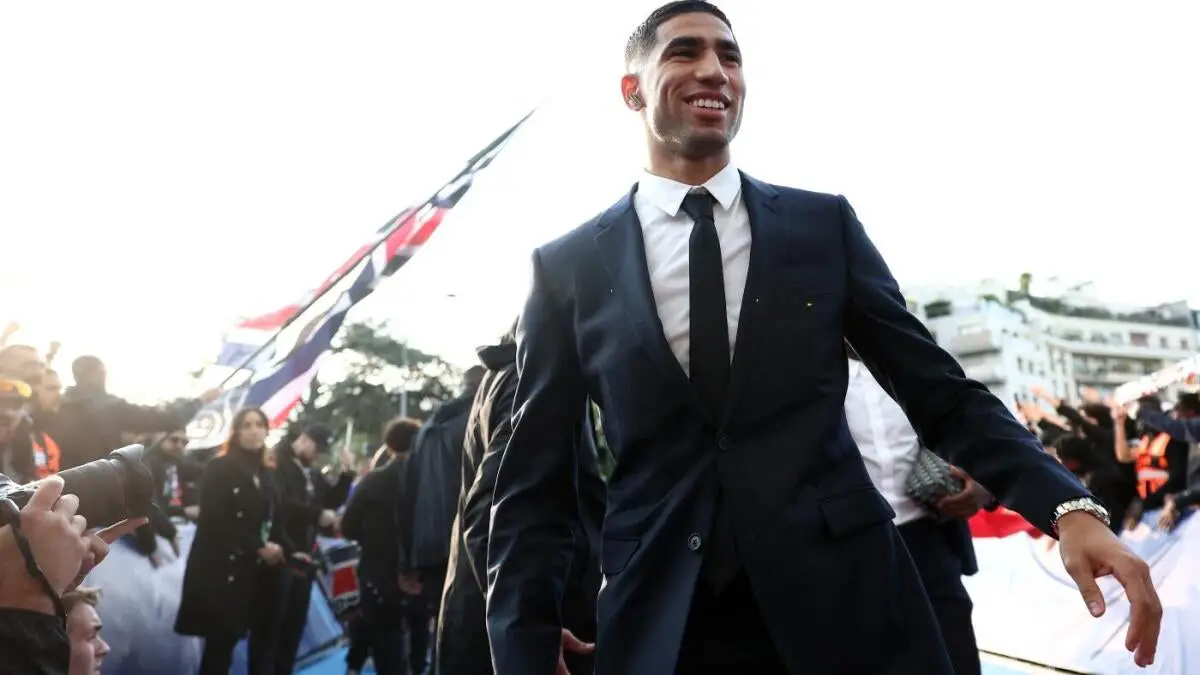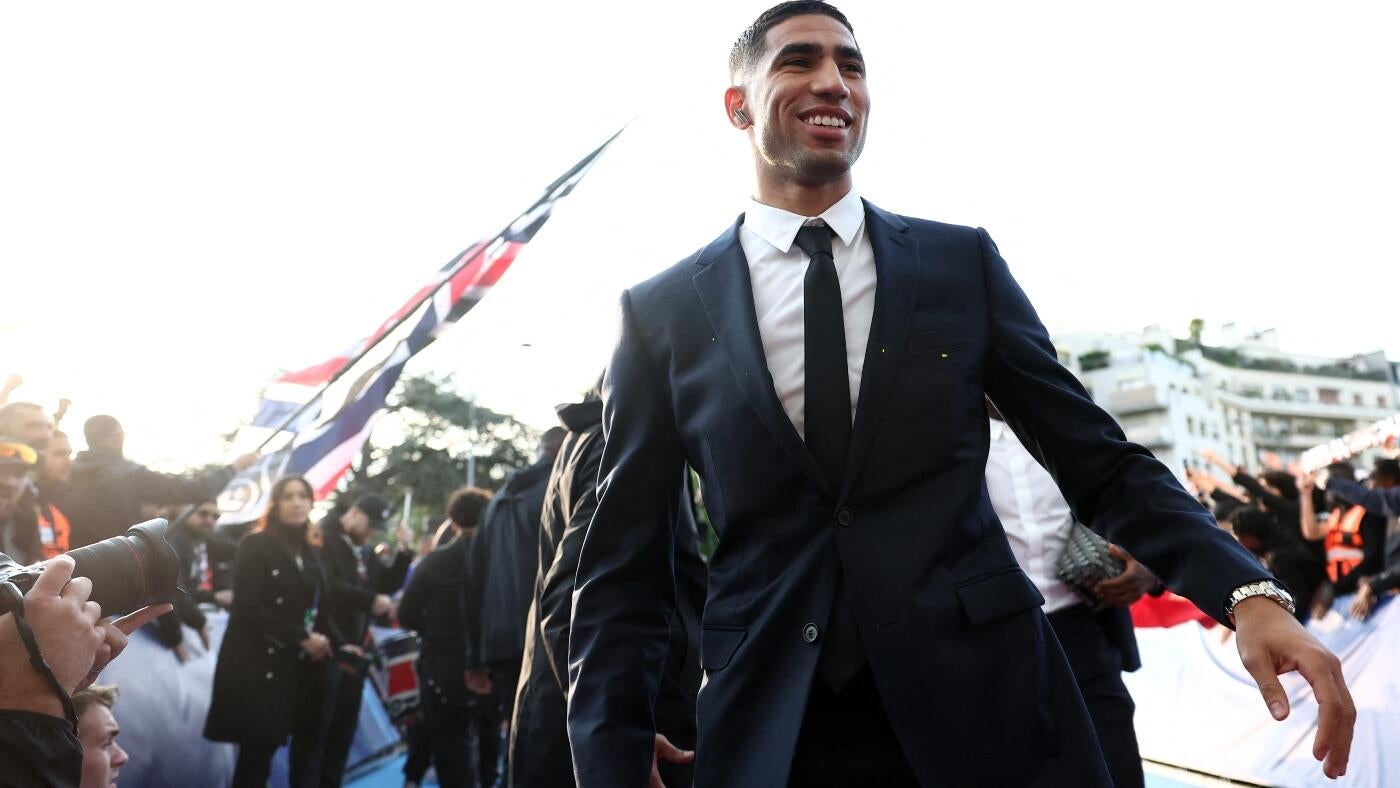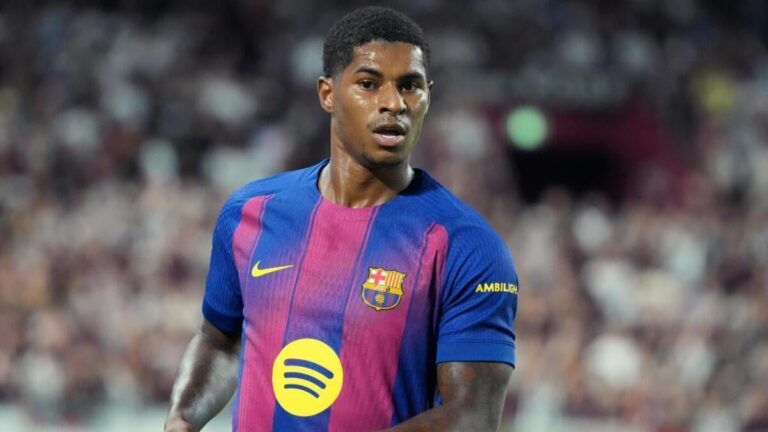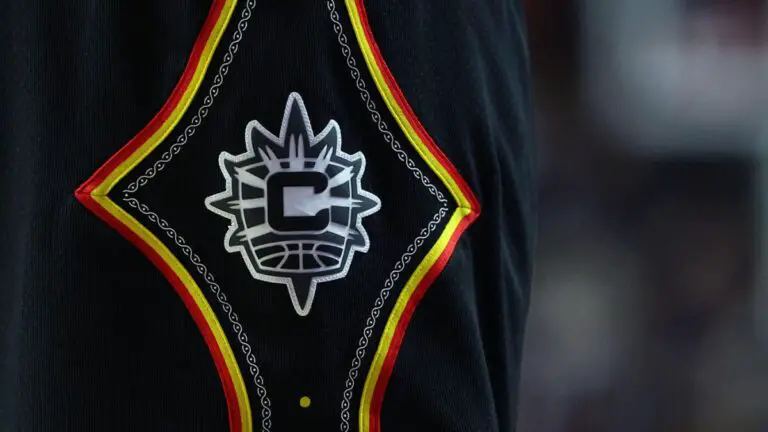

Paris Saint-Germain, Inter’s meeting in Champions League final showcases connection between fashion and sports
Paris Saint-Germain, Inter’s meeting in Champions League final showcases connection between fashion and sports

It is just as well known as a view, whether it is a live stream of your choice or on a social media platform – football players walk through a corridor of a stadium hours for an upcoming game, often in uniform. However, they are not covered in the kits that they will wear on the field in a few short hours. The outfits are usually slightly more formal, a look more clothes than the polyester sweaters that they are famous to wear – and often supplied by a luxury clothing brand.
The name recognition of the players on the field has been matched that of the fashion houses that have been dressed to dress them in recent years, both for matches large and small. Look no further than the edition of the UEFA Champions League season, when Hugo Boss collaborated with Stuttgart and Zegna, reigning reigning champions Real Madrid. High Fashion will also have a place in the Allianz Arena of Munich for the final of Saturday-Finalists Paris Saint-Germain and Inter Hail from two of the fashion capitics of the world and will probably come to the location with an unofficial nod to the stylish roots in their cities in respectively.
Formalwear and Sport can feel as an unlikely combination, but years after NBA players started to earn extensive coverage of GQ for their pre-match looks, luxury fashion brands have found a happy house in the professional sports landscape. However, it is not only a matter of personal expression of individual athletes – these companies hit real partnerships with sports teams and especially in football, the world’s most popular sport. The collaborations are a mix of wishes and needs for all parties involved, of course with a lot of financial stimulus and the most coveted immaterial of our time – brand awareness.
“It was not only a matter of style,” Paris Saint-Germain Chief Brand Officer Fabien Allegre told CBS Sports, “but of expanding our universe, connecting the new generation of fans of different universes and creating those essential links to be recognized as an innovative brand.”
The new border of luxury brands
The company of Luxemensen is built on catering for a very elusive group of rich customers, but there is a very clear problem with that strategy – the customer base will always be incredibly small. These companies are slowly forced to give up a strict definition of luxury and to expand their audience in different ways, including Opening stores in smaller American cities such as Troy, Michigan and Naples, Florida.
“If they have capital structures that are very capital-intensive to operate, they must find a new growth area,” said Thomai Serdari, the director of Luxury and Retail MBA program at New York University.
That is where popular sports teams – and their supporters – come in. Sport fans serve as ideal customers through their psychography, a marketing approach that categorizes people based on their attitudes rather than traditional demography. Formal partnerships with major sports teams during popular events marks an attempt for luxury brands to capture a slice of some very large audiences, and those brands have been showing up in droves – Louis Vuitton has partnered with several major sporting events like the FIFA World Cup and the NBA Finals to make trophy cases, While Burberry and Gucci Have Partnered With Individual Athletes Like Tottenham Hotspur’s son Heung-Min and Manchester City’s Jack Grealisch, respectively, in the past.
The financial incentives go in both sides. While luxury brands receive recognition with a new audience, teams and individual players have new income – and more creative income flows that open to them.
“I think a crucial part of the entire comparison is the athletes itself and how they are essentially placed in the front line,” Serdari said. “These are people who would otherwise have no access to this kind of expensive sponsorship or embassy ship. It can be a totally new income line for them in certain cases and even if it is not about income, it gives them the opportunity to express themselves and dress in a way that is fun, but also an appeal to their own audien.”
Formalwear partnerships are not precisely designed to ensure that all PSG fans dior -stores walk in and that inter -supporters start buying clothing from Canali as often as the new kits of the team. These deals can play a significant role in compiling the unique puzzle that is brand building, an increasingly important marketing exercise, regardless of industry.
Fashion as part of a wider experience
The novelty of the crossover between luxury clothing companies and sport is not one -sided. In an era of unparalleled global connection, history loaded sports teams have felt the need to renew their brands to rely on the broadest audience they have ever had access to. PSG used that opportunity to concentrate heavily on fashion, namely how Allegre and his team interpreted President Nasser Al-Khelaifi on the acquisition of the club of Qatar Sports Investments in 2011
“Our president shared a clear vision: to make Paris Saint-Germain a global brand, both on and outside the field, and for me the goal was to be both a successful football club and a cultural brand in itself,” said Allegre. “This ambition soon took shape with unique collaborations that had never before done by a football club, a showcase in the iconic Paris Shop Colette and our first performance in Paris Fashion Week, in collaboration with Koche and Bape. Dan, seven years ago, our collaboration with Jordan Brand.”
PSG’s collaboration with Jordan, the brand named after Basketball Great Michael Jordan and owned by Nike, is the most striking expansion of the club in the fashion industry and perhaps the most natural marriage between sportswear and style that currently exists. Jordan has designed Kits who actually carried the players in competition, as well as various Athleisure collections with the club. Jordan Brand and PSG are now synonymous with each other in a way that produces the club style points, and finding a truly authentic meeting point for two industries that sometimes resembled polar contradictions.
Getty images
“Fashion and sport are about the same things: identity, emotion and movement. When they come together in an authentic way, it creates powerful things, stories that affect people,” said Allegre. “All our lifestyle initiatives in the broadest sense are a way to bring people to our world, even if they are not football fans in the beginning. Sometimes it is a sweater that is seen in a concept store or worn by one of our players on Dota [the video game] That lets the ball roll. We also know how we can use our strength to lay designers, stylists and creative collectives – either in Paris, Tokyo or Los Angeles – that have the same values as we do. “
However, the presence of PSG in the fashion industry is not only limited to their work with Jordan. Dior is their Formalwear partner this season in a deal that really leans in the reputation of Paris as a fashion capital. It offers a different kind of visibility for PSG in an industry in which they have already used their claim.
“Paris Saint-Germain is the sporty soul of Paris. Together we embody a certain idea of modern refinement,” said Allegre. “For the 2024-25 season, Dior has again designed exclusive outfits for the players and employees. But it is not only a lawsuit: it is an attitude, a way to represent the club at all important moments or at the entrance of the stadium or on the red carpet. The high standards of Fit and Detail Echo in its own right.”
The innovative strategy can go a long way for a club like PSG, who do not benefit from the spectacular domestic broadcasts, some of their counterparts around Europe count as part of their income. However, no club will reject an extra income flow, and the increasing commonality of Formalwear in Sport marks an impressive collaboration between two industries that once had very little in common. It helps that partnerships such as PSGs with Dior and Inter’s have an authentic hook with Canali – the luxury brands come from the same cities with which they work together, which contributes to the unspoken experience of a competition, whether you are present or not.
In short, it is a new twist on things for a new audience in a new era.
“The new generations that have taken us away from simple product consumption to a brand and first experienced consumption,” said Serdari. “Many more people are willing to have a pleasant afternoon or evening watching a sport that they like and they like it because it is part of this experience style. Within that style of experience they are also more susceptible to be trained about new products that come from specific brands … Millennials have started everything about the experience.”



